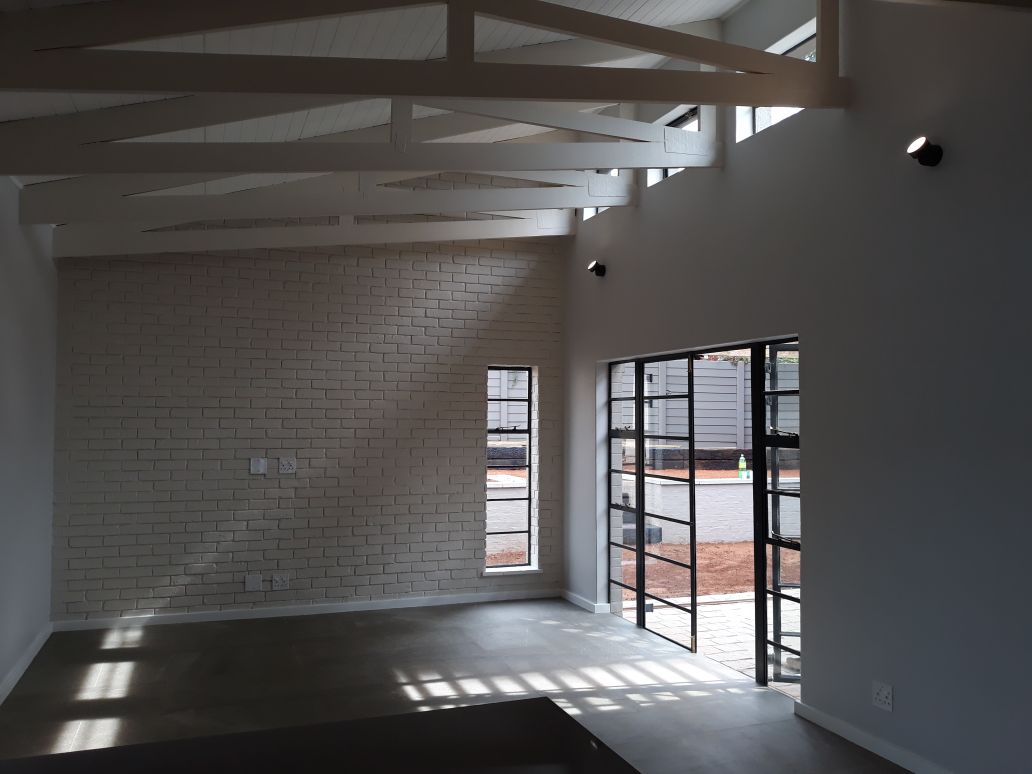We spend much of our lives inside in artificially lit environments, and the lightbulb has proven an invaluable to our work and home productivity.
Light also has a significant influence on our mood and wellbeing, and is one of the strongest signals affecting our daily sleep/wake cycle. Responsive interior design uses new and traditional technologies to create functional, well-lit residential and commercial spaces that effect the least disruption to biorhythms, and provide boosts to mood and productivity.
Here’s how Shimwell Designs uses light in commercial and residential interiors:
1. LED (or Light Emitting Diode) technology: LED bulbs’ eco-friendly, low replacement rate makes placing light sources in hard-to-reach areas viable, which opens up interior spaces for all sorts of uses. As LED light is directional, it’s ideal for designing spaces to fit function, and myriad colour and brightness options allow us to fine-tune lighting to conform to a space’s functions over the course of the day: task-oriented, functional areas can be brightly spot-lit; softer ambient lighting can be used in more general areas. Cooler light is brighter, and daytime lightbulbs that emulate a blue sky at noon are widely used in commercial or workspace interiors to facilitate task execution and stimulate alertness. (Residential bathrooms and kitchens are often brightly lit for the same reasons.)
2. Circadian Rhythm Lighting is a technology that mimics the quality and quantity of sunlight, and has especial value for people in buildings with little or no natural light. Circadian Rhythm is regulated by the hormone melatonin: light exposure supresses the hormone to keep us awake, while darkness signals us to produce melatonin to cause drowsiness. A free “circadian stimulus” calculator has been developed for interior designers to specify the right light sources and levels for commercial buildings, helping to strike the balance between productivity and mood and wellbeing.
3. Utilising colour, intensity, and placement of lighting alters home and work spaces to fit different functions, for example: using light to create shadows adds interest and depth, and helps reduce monotony; or using light as an accent designates specific areas within a space for a particular purpose. We also design around reflected light to ensure that the “bounce” off shiny surfaces is in balance with the space’s use and its ambient light, and that glare is kept to a minimum to avoid fatiguing a room’s users.
4. Using skylights, windows, and interior/exterior landscaping to let in the light: South Africa is blessed with an abundance of sunshine, and allowing natural light in (together with careful using of plants inside and out as filters to reduce glare) is an efficient and sustainable way to illuminate the interior.
Lighting can be one of the most important influencers of wellbeing in the home and work spaces, and today’s technologies and products allow for more than just illuminating a room: skilled interior designers can engineer light to provide positive dimensions in work and home spaces that enhance health and happiness.
